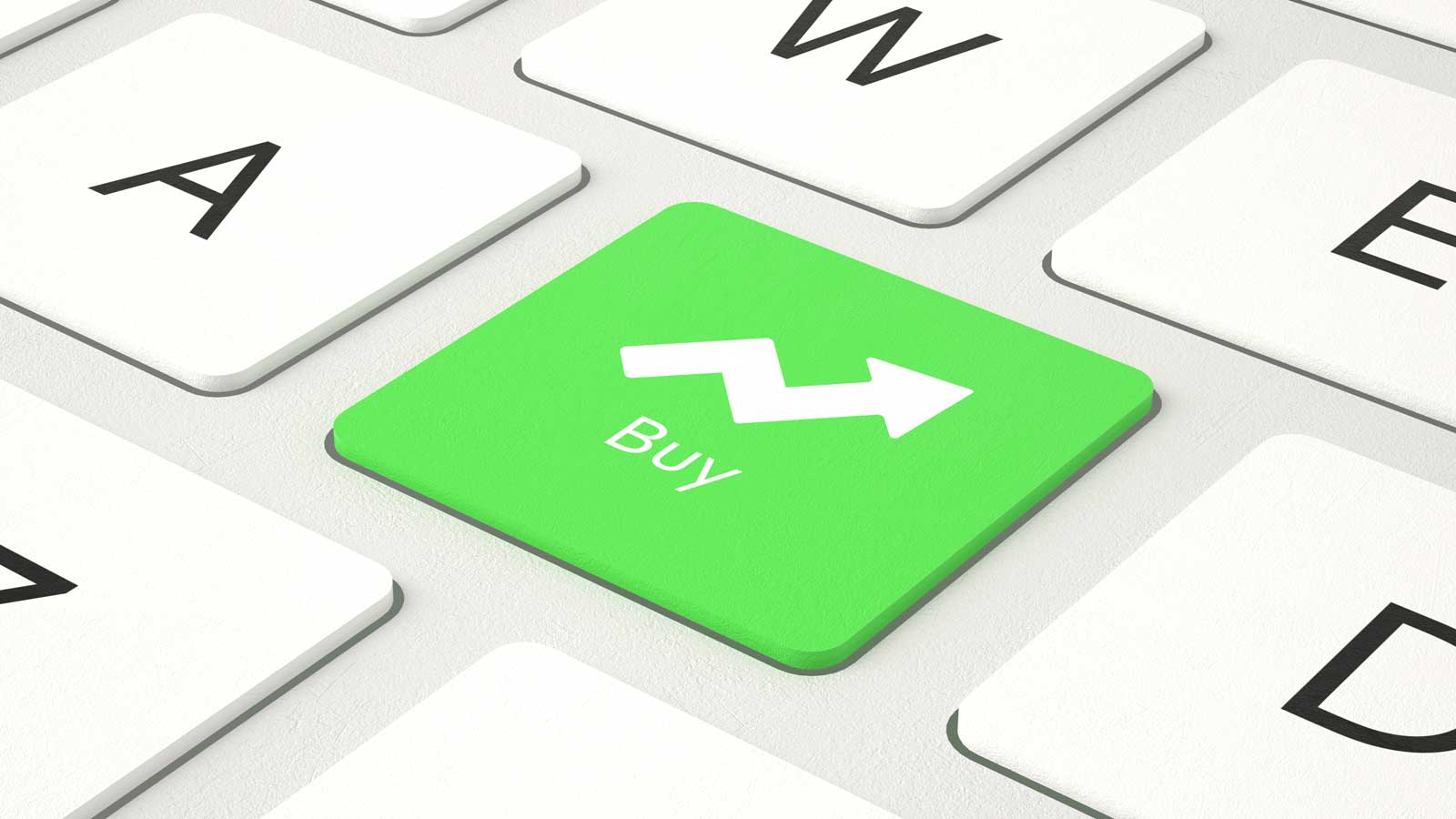Robinhood Markets Inc. is an online brokerage firm that focuses on younger retail consumers using a stock trading and investing app. On July 1, 2021, the company filed for an initial public offering (IPO), submitting an S-1 registration form to the Securities and Exchange Commission (SEC) as an early adopter of zero-commission trades. On March 23, 2021, Robinhood filed a confidential initial public offering (IPO).
A confidential IPO allows a company to file an initial draft of its S-1 with the SEC, which only needs to be made public 15 days before any promotional roadshow, or 15 days before the IPO if there isn’t one. The benefit of filing confidentially is that the company has more control over the timing of its IPO and can make modifications to its IPO filing without having to handle public relations.
In its private IPO file and its latest S-1 submission, Robinhood did not reveal the projected date, price range, share count, or total valuation of its IPO. The company’s class A common stock will trade under the ticker symbol “HOOD” on the Nasdaq Stock Market.
On its platform, Robinhood’s namesake app allows users to trade over 5,000 equities and seven cryptocurrencies. Users can also trade in American Depository Receipts (ADRs) for 650 companies around the world, as well as options contracts for stocks listed on US exchanges and exchange-traded funds (ETFs).
Robinhood is a fintech firm established in California that offers a stock trading and investment app aimed towards younger retail customers.
The Nasdaq will list its class A common stock under the symbol “HOOD.”
Robinhood has raised a total of $5.6 billion from private investors, and its most recent funding round in February 2021 valued the company at $40 billion.
In the first quarter of fiscal year 2021, the corporation made $522.2 million in revenue and lost $1.4 billion.
The SEC charged Robinhood in December 2020 with providing poor trade execution to its customers.
Due to its popularity among traders involved in the GameStop short squeeze, Robinhood has been in the headlines a lot in 2021.
Vlad Tenev and Baiju Bhatt, both Stanford graduates, created Robinhood in 2013. Before founding Robinhood, the couple had prior Wall Street expertise, having previously launched Celeris, a trading technology company, and Chronos Research, which provided fintech software to investment banks.
The Robinhood app was released in April 2013 as a stock tracking software, in an attempt to build a mobile version of Yahoo Finance. Robinhood obtained $16 million from well-known venture capitalists, including Andreessen Horowitz and Ribbit Capital, and pivoted to become a brokerage after Yahoo and Google Finance went mobile, forcing it out of that area.
On December 2014, Robinhood as we know it was formally released in Apple’s App Store. It has risen in popularity since then, with a monthly active user (MAU) base of around 17.7 million as of March 31, 2021.
Due to its popularity among retail investors who carried out the GameStop short squeeze, Robinhood has been in the headlines a lot in 2021. However, as trading activity on its platform increased, so did demand for leverage, and the app ceased trading activities for GameStop’s stock. In order to achieve its capital needs, the company had to raise extra funds from investors.
That episode drew criticism and regulatory scrutiny, and Robinhood’s CEO and co-founder Vlad Tenev was forced to appear before Congress about the company’s participation in the situation.
Robinhood is a commission-free brokerage, which means that there are no fees associated with trading stocks on its platform. Trading commissions were traditionally how brokerages generated money; without them, Robinhood has had to discover new methods to make money.
The payment for order flow practice is Robinhood’s main source of revenue (PFOF). Payment for order flow is money received by brokerages in exchange for steering their customers’ transactions to specific market makers. Firms that match buyers and sellers of stocks or other securities are known as market makers. They profit by pocketing the difference between the price paid for a stock by the buyer and the price paid by the seller. They pay brokers like Robinhood to submit orders to them in order to assure that there are always buyers and sellers to match up.
Brokerages are required to find the best trade execution for their customers, which entails attempting to obtain the best price for trades completed in the shortest time possible. Because a brokerage may be paid more to transfer orders to a market maker who will provide their customers lower rates, PFOF may create a conflict of interest. Payments from market makers “aren’t considered when your brokerage orders are routed,” Robinhood writes on its website, claiming that it still delivers optimum execution for its consumers.
The SEC, on the other hand, discovered in December 2020 that “Between October 2018 and June 2019, Robinhood fraudulently represented in a website FAQ that its execution quality was comparable to or better than that of its competitors.
According to the [SEC’s] order, Robinhood gave lower transaction prices “.. Even after accounting for the money saved by not having to pay commissions, the SEC claims that this approach cost its consumers $34.1 million. While Robinhood did not confirm or refute the SEC’s allegations, it did agree to pay a settlement of $65 million.
Robinhood recently filed an S-1 form that included financial results for the first quarter of its fiscal year 2021, which concluded March 31, 2021, as well as earnings for the fiscal year 2020, which ended December 31, 2020. In Q1 FY 2021, the company achieved $522.2 million in revenue, more than quadrupling year over year (YOY). Robinhood’s net losses, on the other hand, grew to $1.4 billion in Q1 2021, up from $52.5 million in Q1 FY 2020. Annual revenue increased by 245.5 percent to $958.8 million in FY 2020, resulting in a net profit of $7.4 million, compared to a net loss of $106.6 million the previous year.
In Q1 FY 2021, transaction-based revenues accounted for about 81 percent of Robinhood’s revenue, according to PFOF, which included “Transaction Rebates” on cryptocurrency trades. Income, either levied on margin accounts or earned by putting clients’ uninvested funds in bank accounts and keeping the interest, accounted for around 12% of total revenue. Finally, additional sources of revenue, such as subscriptions to Robinhood’s premium Gold membership, which allows users to trade on margin, contributed close to 8%.
The number of accounts into which customers made an initial deposit or money transfer over a specified period increased 150.0 percent YOY to 18.0 million in Q1 FY 2021, according to Robinhood’s net cumulative funded accounts, a key statistic. As of the conclusion of the first quarter, the company’s total book value, or the difference between its assets and liabilities, was $6.2 billion. At the end of the quarter, Robinhood had $4.8 billion in cash and cash equivalents on its balance sheet.
Key Financials for Robinhood
1st Quarter Fiscal Year 2021
Revenue ($M) in the first quarter of fiscal year 2020: 522.2 127.6
1,444.8 52.5 $$$$$$$$$$$$$$$$$$$$$$$$
18.0 7.2 Net Cumulative Funded Accounts (M)
Robinhood S-1 is the source of this information.
Robinhood has raised a total of $5.6 billion from investors over 24 funding rounds, according to Crunchbase, an online public database. On February 1, 2021, the most recent round raised $2.4 billion. Robinhood’s February funding round valued the company at $40 billion, a significant increase over its September 2020 investment round’s $11.7 billion valuation. Kleiner Perkins, Andreessen Horowitz, and Google Ventures are among its significant backers./n
Read More




